How to replace the "Paladin": thirty years and three projects
M109 to M109A7
The M109 self-propelled guns of the first version entered service with the 1963. In the early seventies they carried out its first modernization, as a result of which the M109A1 armored vehicle appeared with an improved chassis and weapons. The following projects with the letters "A2", "A3" and "A4" envisaged the improvement of various systems and the installation of new tools. Also based on them were created modifications of self-propelled guns for some foreign customers.
The M109A5 self-propelled gun received an M284 gun with a barrel length of 39 calibers, which increased the firing range. In the early nineties on the basis of "A5" developed the SPG M109A6 Paladin. While maintaining the bulk of the units and devices, such a self-propelled gun received new fire control tools, communication systems, etc. All this led to increased survivability and effectiveness of fire.
The current version of the self-propelled gun is M109A7, currently put in series. Such self-propelled guns are distinguished from previous vehicles by an improved running gear, enhanced protection and a modern SLA. The gun remains the same, but is supplemented by automatic loading. M109A7 is distinguished by enhanced technical, operational and combat characteristics.
It should be noted that the M109A7 project was developed after the cessation of work on two fundamentally new self-propelled guns. Having not received new cars, the Pentagon decided to continue the development of the existing one.
“Crusader” instead of “Paladin”
The first attempt to replace the M109 with a newer 155-mm self-propelled howitzer was made in the early nineties. The development of the concept of such a sample was carried out as part of the AFAS (Advanced Field Artillery System) program. Subsequently, in 1994, it was renamed Crusader ("Crusader"). Experienced self-propelled gun bore the designation XM2001.
The Crusader project was based on several interesting and unusual ideas. ACS was proposed to be built on a new chassis with a gas turbine engine. The armament was serviced only by automation. To obtain maximum combat characteristics, a promising rifled XM297E2 gun with a cooling system was proposed. Fire control was carried out using a digital system with all the necessary components.
At the beginning of 2000, the experimental XM2001 Crusader self-propelled guns entered the firing range. Also built an experimental transport-loading machine. For two years, prototypes were tested and demonstrated their capabilities. Self-propelled gun confirmed the high range and accuracy of fire in different shooting modes. More than 4 thousand shots were fired at different ranges using all compatible shells. The performance characteristics of self-propelled guns corresponded to the calculated ones.
According to plans of that time, M2001 serial self-propelled guns were supposed to begin service in 2008. However, already in 2002, the Pentagon analyzed the current results of the Crusader program and came to negative conclusions. The command considered that the proposed self-propelled guns, having some advantages over drill equipment, is too expensive for procurement and operation. The cost of a serial combat vehicle was matched to 25 million dollars. Any other existing or promising model was many times cheaper.
The total cost of the Crusader program reached 11 billion dollars. Despite serious expenses, they decided to abandon its continuation. The army did not receive a new self-propelled gun, and the Paladin remained the basis of self-propelled artillery.
FCS MGV Program
The next attempt to create a new self-propelled gun was made as part of the infamous Future Combat Systems (FCS) program. The program involved the development of a large number of new models of equipment for various purposes, suitable for arming in the foreseeable future. In 2009, FCS was stopped due to the lack of real prospects. The closure of the program led to the abandonment of several new technology projects, including 155 mm self-propelled howitzer.
One of the representatives of the new family of equipment was to become the XM1203 NLOS Cannon self-propelled guns. It was proposed to build a medium-mass transportable self-propelled gun with an 155 mm caliber gun. To speed up development and get maximum performance, it was planned to widely use the developments on the Crusader topic. The resulting sample had to be equipped with various automation and receive modern SLA.
In 2008, BAE Systems completed the development of the XM1203 machine and built the first prototype. Within a few months after this, several more such machines came out of the assembly shop. In total, eight self-propelled prototypes were involved in the tests.
During test firing XM1203 confirmed the ability to use various 155-mm shells and showed high reliability of automatic loading and fire control. The main characteristics corresponded to the declared ones, but refinement and improvement of the design were required. In the medium term, self-propelled guns could enter service.
However, in 2009, the NLOS Cannon project was closed along with the entire FCS program. The general program for creating technology turned out to be too complicated and expensive. Development of a promising self-propelled guns was also not simple and low cost. As a result, it was decided to stop the design of all new samples.
Despite all the successes, the self-propelled XM1203 also came under reduction. Unnecessary experimental cars were sent for storage and for disassembly. The place of the main U.S. Army self-propelled guns for an indefinite time left for M109A6 Paladin. Shortly after the closure of the FCS program, an order appeared for another M109 upgrade. Its result was the current M109A7 self-propelled howitzer.
ERCA Project
A few years ago, the Pentagon launched a new program Extended Range Cannon Artillery (ERCA), which should result in the appearance of new weapons with increased firing range. Several prototypes of this kind have already been built, including XM1299 self-propelled howitzer. Like previous samples, this self-propelled guns is seen as a promising replacement for the current M109A7.
The XM1299 self-propelled guns are built on the basis of an updated tracked chassis, which has a separate compartment for the entire crew. The tower with weapons made uninhabited and equipped only with automation. An 155 mm howitzer, which is a modification of the M777ER experimental product, is mounted in the tower. Such a gun has a barrel length of 58 calibers, which should provide a large initial velocity of the projectile and increase the firing range. The howitzer is served by an automatic loader providing 10 rounds per minute.
The fire control system is built on modern components and takes into account current challenges. In particular, the coordinates of the firing position can be determined both using satellite navigation, and using an inertial system - in case of suppression of GPS signals. Data exchange with other self-propelled guns and command is provided.
The XM1299 is developing a new XM1113 active-reactive guided projectile with enhanced range and accuracy. With the use of such ammunition, self-propelled guns will be able to conduct effective fire at ranges of more than 100 km. Such characteristics are planned to be obtained in the next few years. At the same time, during the tests, the firing range of 70 km was already shown.
Further work on XM1299 will take several years. Serial production and deployment of new equipment in the troops will begin no earlier than the first half of the twenties. Whether such plans succeed is unclear. Within the framework of the ERCA program, several important problems have to be solved, and only after that real samples can be put into service. How successful will be the further work - time will tell.
Awaiting replacement
Currently, the American industry is conducting a serial modernization of existing M109A6 self-propelled howitzers according to the current A7 project. In the near future, this order will be fully completed, which will lead to a noticeable increase in the combat qualities of artillery. In addition, the result of modernization will be the extension of the resource and service life of the equipment.
In parallel, the development of a new self-propelled guns for the future replacement of cash armored vehicles. However, the XM1299 ERCA project is not the first of its kind. Attempts to replace the "Paladin" have been undertaken since the beginning of the nineties, and so far none of them have been successful.
The first attempt in the form of the XM2001 Crusader project failed due to the excessive complexity and high cost of the equipment. The second was the XM1203 NLOS Cannon project, closed with the larger FCS program. This time, the reason for the refusal was the inconsistency of the main program with the current views and plans of the Pentagon. The industry is now working on the XM1299 self-propelled guns and is once again showing technical successes. Whether it will be possible to realize the full potential of this project and bring it to a series is a big question.
However, the US military is not inclined to pessimism and gives the new development the highest ratings. Statements are again being made about high performance and a great future, as well as about the upcoming replacement of old armored vehicles. The near future will show how correct the current estimates are and whether all plans will be able to be implemented.
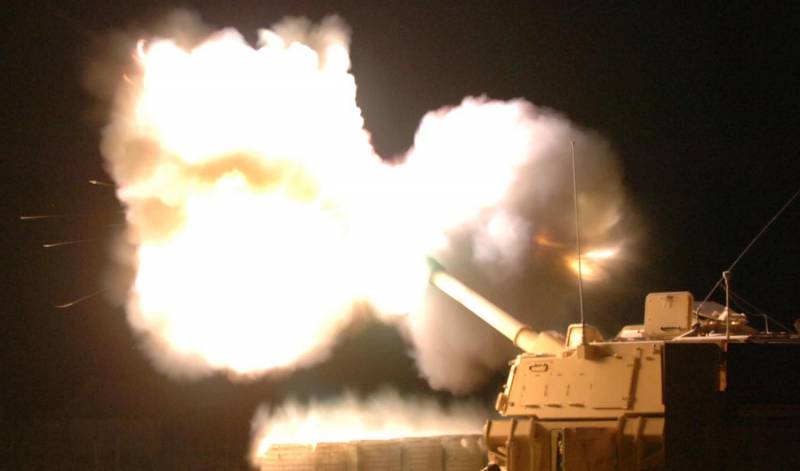
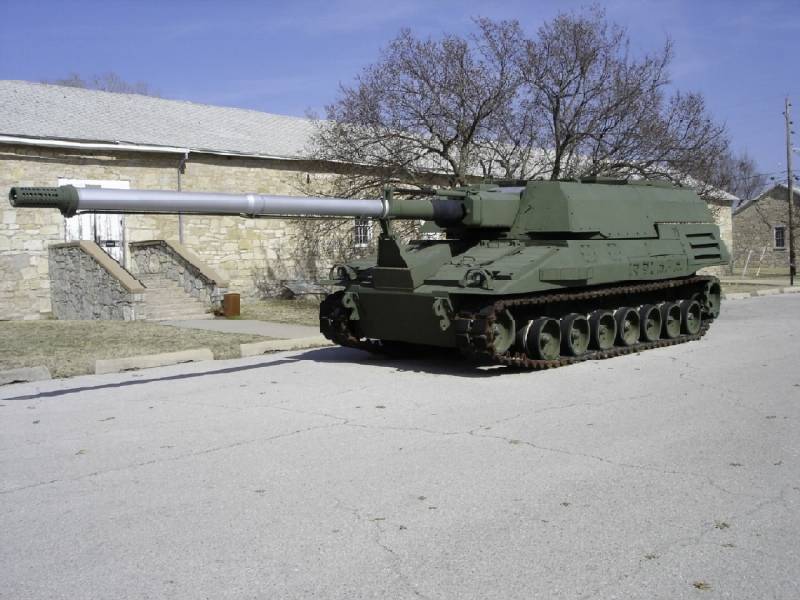
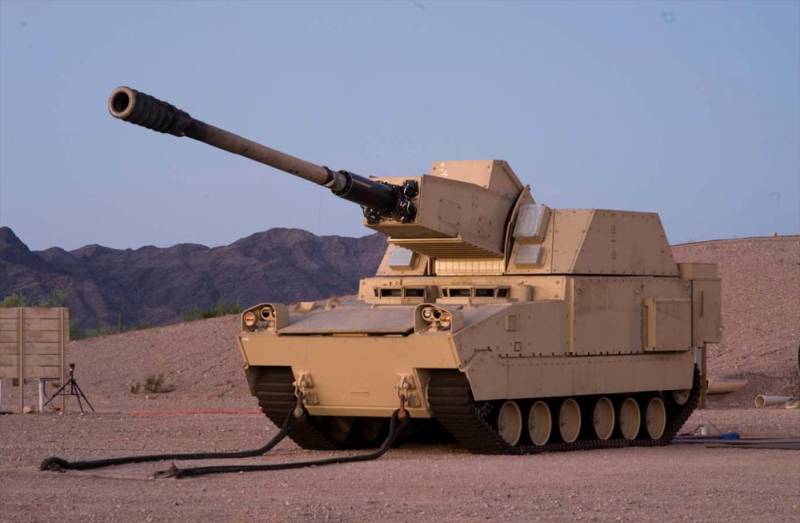
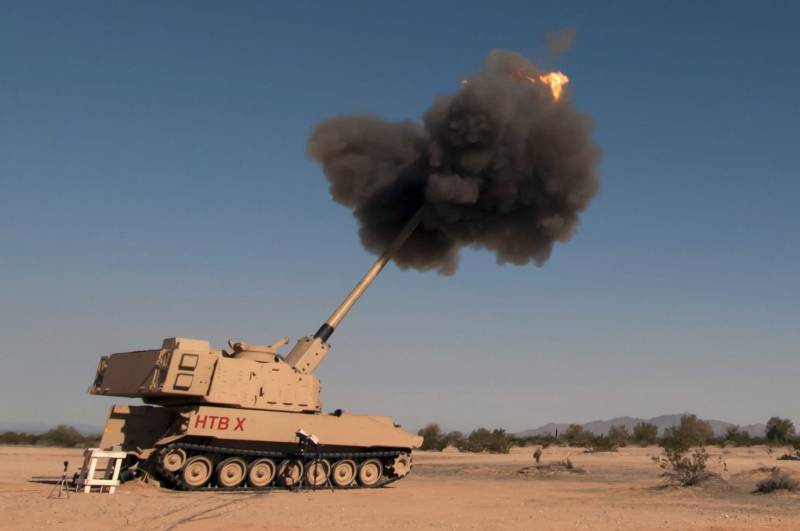
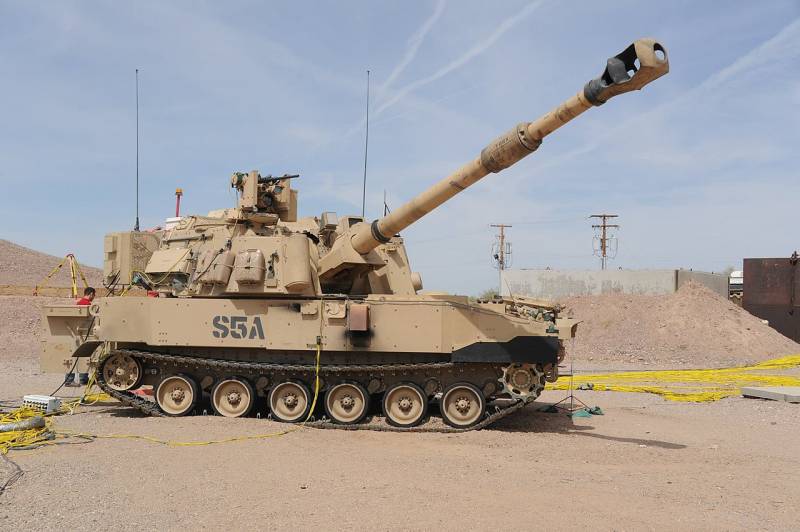
Information